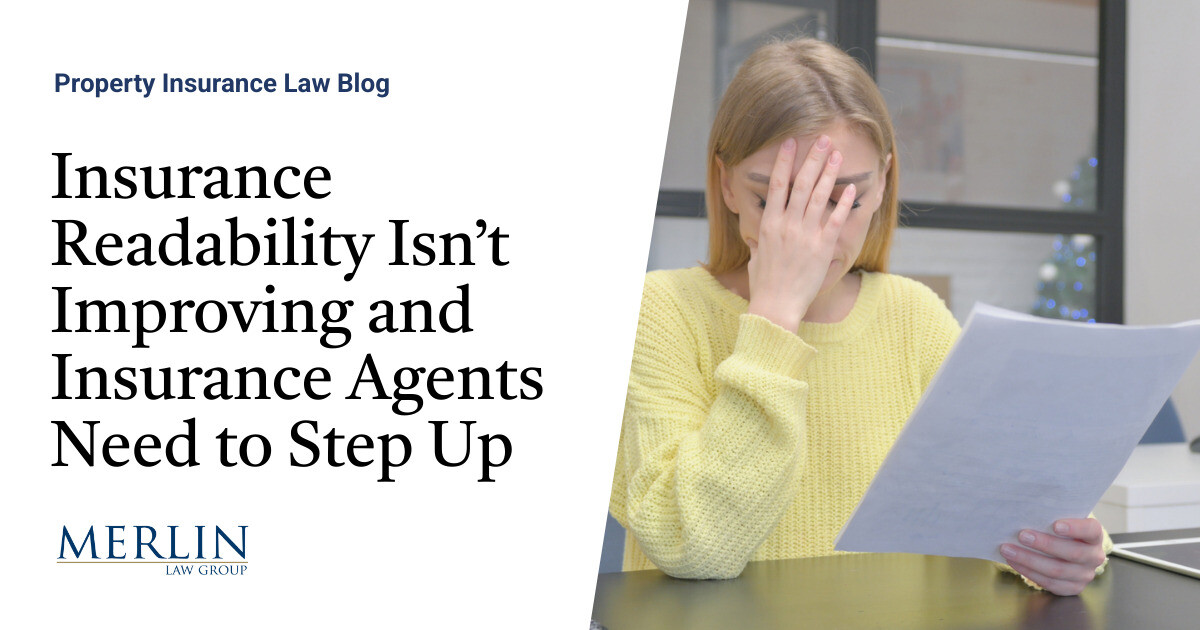
Driving is a daily necessity for many of us, but it’s also one of the riskiest activities we engage in regularly.Whether you’re commuting to work, running errands, or heading out on a road trip, the potential for accidents is always present.That’s why personal auto liability insurance is a cornerstone of financial protection for drivers.
It’s not just about complying with the law—it’s about safeguarding your future.In this guide, we’ll break down everything you need to know about personal auto liability insurance: what it is, how it works, why it’s essential, and how to ensure you’re adequately protected.What Is Personal Auto Liability Insurance? Personal auto liability insurance is the foundation of any auto insurance policy.
It provides financial protection if you’re found legally responsible for causing an accident that results in injuries or property damage to others.Essentially, it covers the costs you’d otherwise have to pay out of pocket.Two Key Components of Auto Liability Coverage: Bodily Injury Liability (BI): Property Damage Liability (PD): Why Is Personal Auto Liability Insurance Mandatory? In most states, carrying a minimum amount of auto liability insurance is required by law.
This mandate ensures that drivers can cover the costs of damages or injuries they cause, protecting both the at-fault driver and the victims.Minimum Liability Limits: Each state sets its own minimum liability limits, typically expressed as three numbers (e.g., 25/50/25).These numbers represent: While meeting the minimum requirements is a legal necessity, it’s often not enough to fully protect you in the event of a serious accident.
That’s why many drivers opt for higher limits.How Does Personal Auto Liability Insurance Work? When you’re involved in an accident and found at fault, your auto liability insurance kicks in to cover the damages up to your policy limits.Here’s how it works step by step: The Accident Occurs: The Claim Is Filed: Your Insurer Pays Out: You Cover the Remainder: Why You Need More Than the Minimum Coverage While state minimums are a good starting point, they’re often insufficient for real-world accidents.
Here’s why you should consider higher liability limits: 1. The High Cost of Accidents The average cost of a car accident involving injuries is around $30,000 to $50,000, and that’s just for medical expenses.Add in property damage, lost wages, and legal fees, and the total can easily exceed six figures.Example: You’re at fault in an accident that injures three people and totals a luxury vehicle.
The medical bills alone reach $100,000, and the car repair costs are $80,000.If your policy only covers $25,000 per person and $50,000 per accident for bodily injury, plus $25,000 for property damage, you’ll be on the hook for the remaining $105,000.2. Lawsuits Are Expensive If the injured party decides to sue, legal fees and settlements can quickly add up.
Higher liability limits provide a financial buffer, protecting your assets and future earnings.3. Peace of Mind Knowing you’re adequately covered allows you to drive with confidence, without worrying about the financial fallout of an accident.How to Choose the Right Liability Limits When deciding on your liability limits, consider the following factors: 1. Your Assets The more assets you have (e.g., a home, savings, investments), the more you stand to lose in a lawsuit.
Higher liability limits help protect your wealth.2. Your Driving Habits If you drive frequently or in high-traffic areas, your risk of being involved in an accident increases.Opt for higher limits to account for this added exposure.
3. Your Budget While higher limits come with higher premiums, the added protection is often worth the cost.Work with your insurance agent to find a balance between affordability and coverage.Additional Coverage to Consider While personal auto liability insurance is essential, it’s not the only coverage you need.
Here are some additional options to enhance your protection: 1. Uninsured/Underinsured Motorist Coverage (UM/UIM) Protects you if you’re hit by a driver who doesn’t have enough insurance to cover your damages.This coverage is especially important in states with high rates of uninsured drivers.2. Collision Coverage Pays for repairs to your vehicle after an accident, regardless of who’s at fault.
3. Comprehensive Coverage Covers non-collision-related damages, such as theft, vandalism, or weather-related incidents.4. Umbrella Insurance Provides an extra layer of liability protection, kicking in after your auto policy limits are exhausted.Umbrella policies are particularly valuable for high-net-worth individuals.
Real-World Scenarios: How Liability Insurance Works Scenario 1: The Multi-Car Pileup You’re driving on the highway and accidentally cause a multi-car pileup.Several drivers are injured, and multiple vehicles are damaged.Your liability insurance covers the medical bills and repair costs up to your policy limits.
Scenario 2: The Pedestrian Accident You’re backing out of a parking space and accidentally hit a pedestrian.Your bodily injury liability coverage pays for their medical expenses and lost wages.Scenario 3: The Property Damage Claim You lose control of your car and crash into a storefront, causing significant damage.
Your property damage liability coverage pays for the repairs to the building.Tips for Saving on Auto Liability Insurance While liability insurance is a must, there are ways to keep your premiums manageable: Bundle Policies: Combine your auto and home insurance with the same provider for a discount.Maintain a Clean Driving Record: Avoid accidents and traffic violations to qualify for lower rates.
Take a Defensive Driving Course: Many insurers offer discounts for completing an approved course.Shop Around: Work with an independent insurance agent to compare quotes from multiple carriers.Raise Your Deductible: Opt for a higher deductible to lower your premium (but make sure you can afford the out-of-pocket cost).
Final Thoughts: Protect Yourself on the Road Personal auto liability insurance is more than just a legal requirement—it’s your financial safety net.Accidents happen, and when they do, the costs can be staggering.By choosing the right coverage limits and supplementing your policy with additional protections, you can drive with confidence, knowing you’re prepared for whatever the road throws your way.
Are you ready to review your auto insurance policy? Contact your insurance agent today to ensure you have the coverage you need to protect yourself, your assets, and your future.Because when it comes to liability, it’s better to be overprepared than underinsured.
Publisher: Paradiso Insurance








